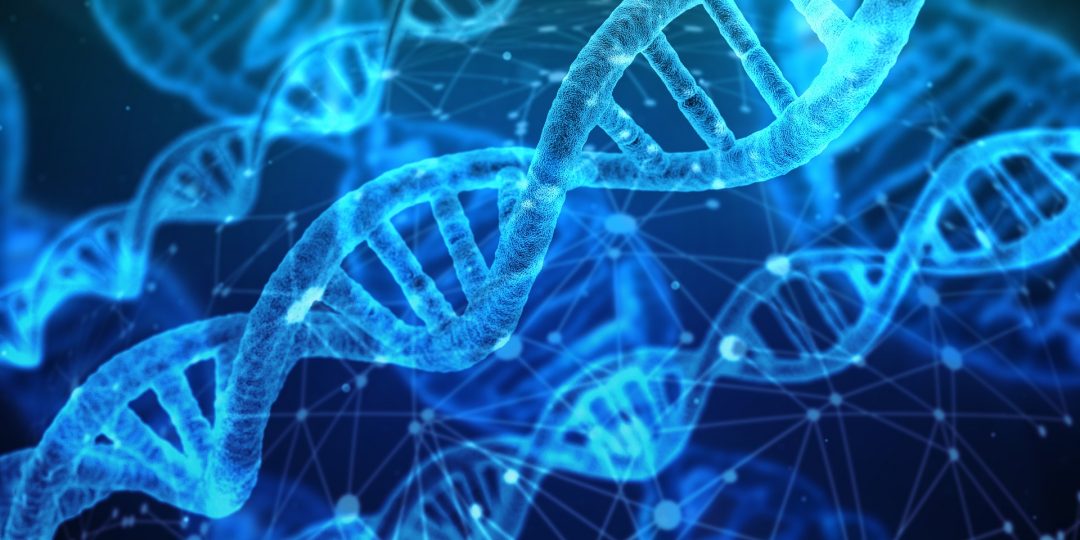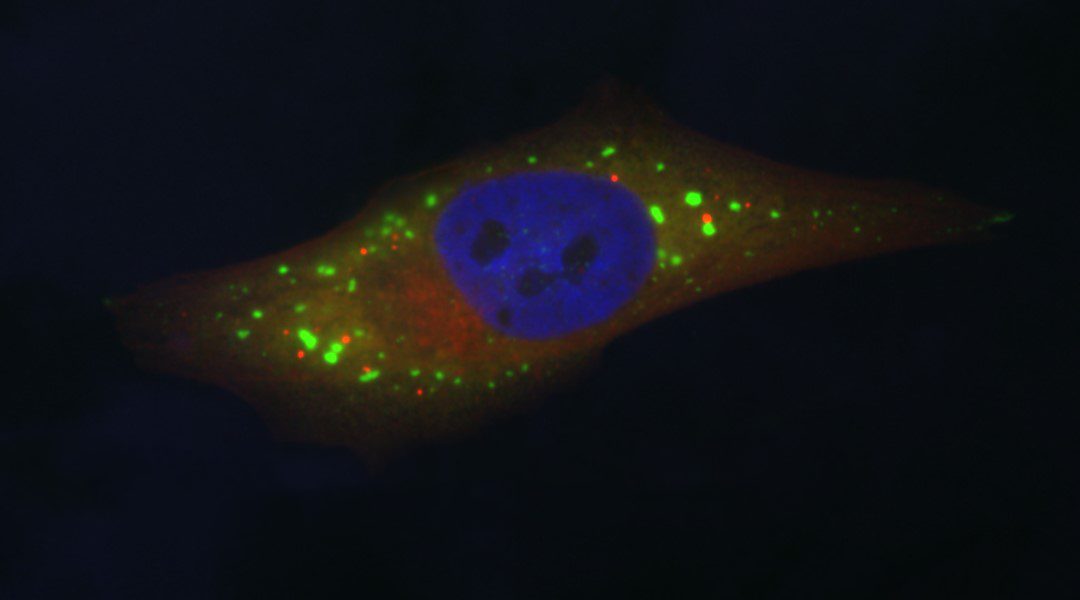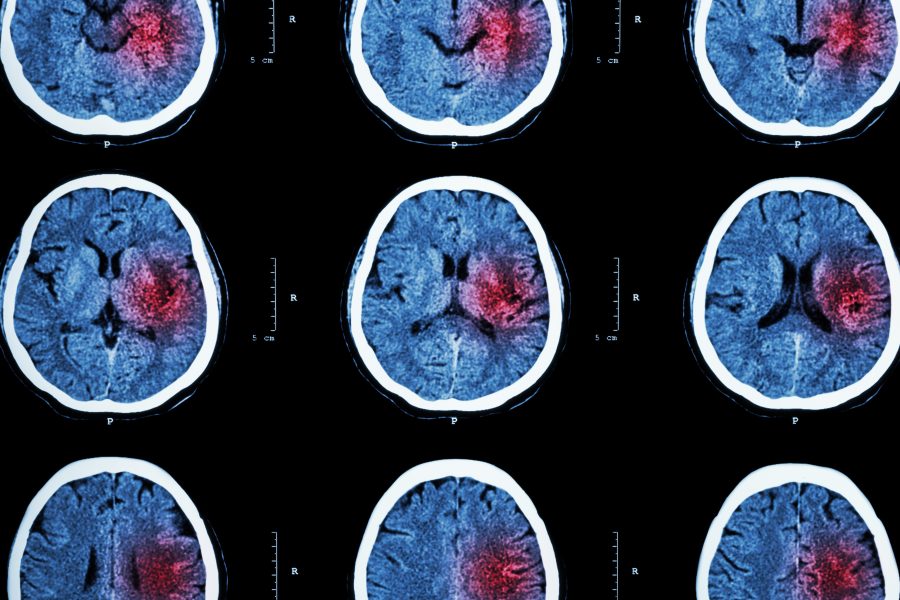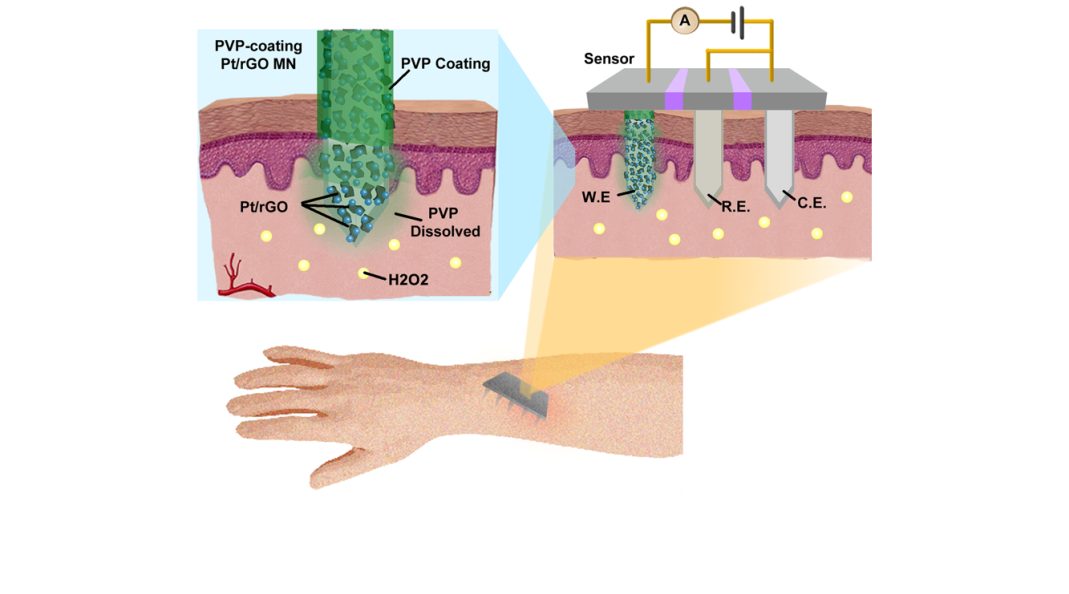Cellular signaling is investigated using a subset of human B cells.


Cellular signaling is investigated using a subset of human B cells.

Using cellulose-based fibers and nanotechnology to remove arsenic from drinking water.

Novel findings suggest that miR‐146a‐5p may be useful as a noninvasive biomarker and as a targeted therapeutic in several cancers.

How electric buses can revolutionize public transport and help mitigate global warming.

Antimicrobial polymers as a promising alternative to traditional antibiotic treatments.

In response to stress, cells must quickly reprogram gene expression to adapt and survive. This is achieved in part by altering levels of mRNAs and their translation into proteins.

Stroke is the second leading cause of death around the globe. What factors are associated with in‐hospital mortality in patients with acute ischemic stroke?

A real-time, in vivo, and minimally-invasive transdermal biosensing system for hydrogen peroxide monitoring is developed.

A team of Canadian researchers has shown that direct contact between an AP “cold” oxidizing plasma source and water that contains very high concentrations of cyanobacteria and green algae, along with associated BMAA toxin, could be quite rapidly (in minutes) decontaminated with modest energy input.

Special issue in Advanced Healthcare Materials, edited by Weiqiang Chen and Deok‐Ho Kim, including biomaterial-immune cell interactions, immunotherapy, immune organs-on-chip and mechanobiology.